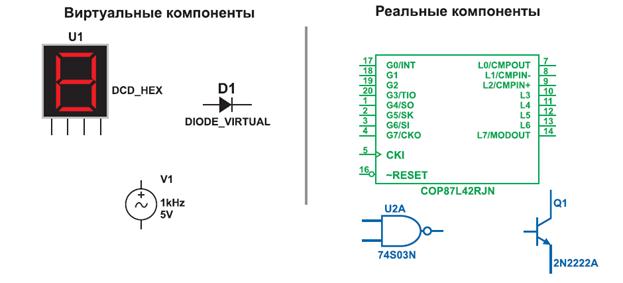Text A The Division of Labour
By far the most striking feature of production in a developed country is the fact that the worker almost never makes a complete product. Labour is divided in the sense that the production process is split into a very large number of individual operations and each operation is the special task of one worker. The principle of the division of labour is now carried to remarkable lengths and the production of relatively simple things may be broken down into hundreds of separate operations. Adam Smith, writing in the latter part of the eighteenth century, provided what has now become the most celebrated account of specialisation. On a visit to a factory engaged in making pins he observed: 'One man draws out the wire, another straightens it, a third cuts it, a fourth points it, a fifth grinds the top to receive the head; to make the head requires two or three distinct operations; to put it on is a peculiar business; to whiten it is another; it is even a trade in itself to put them into paper. The important business of making pins is, in this manner, divided into about 18 distinct operations'. He estimated that production per day in this factory was about 5000 pins per person employed. If the whole operation had been carried out from start to finish by each employee, Smith estimated that he would have been able to make only a few dozens each day. Advantages of the division of labour Why should specialisation lead to such great increases in productivity? Smith followed up his description by an analysis which attempted to discover the reasons for the improved performance. 1. A person who spends his or her time performing one 2. No time is wasted in moving from one job to anoth 3. There is a saving of time in the training of operatives. 4. There is a saving of skill. Specialisation means that best suited. 5. One of the most important advantages of the divi
|




